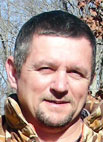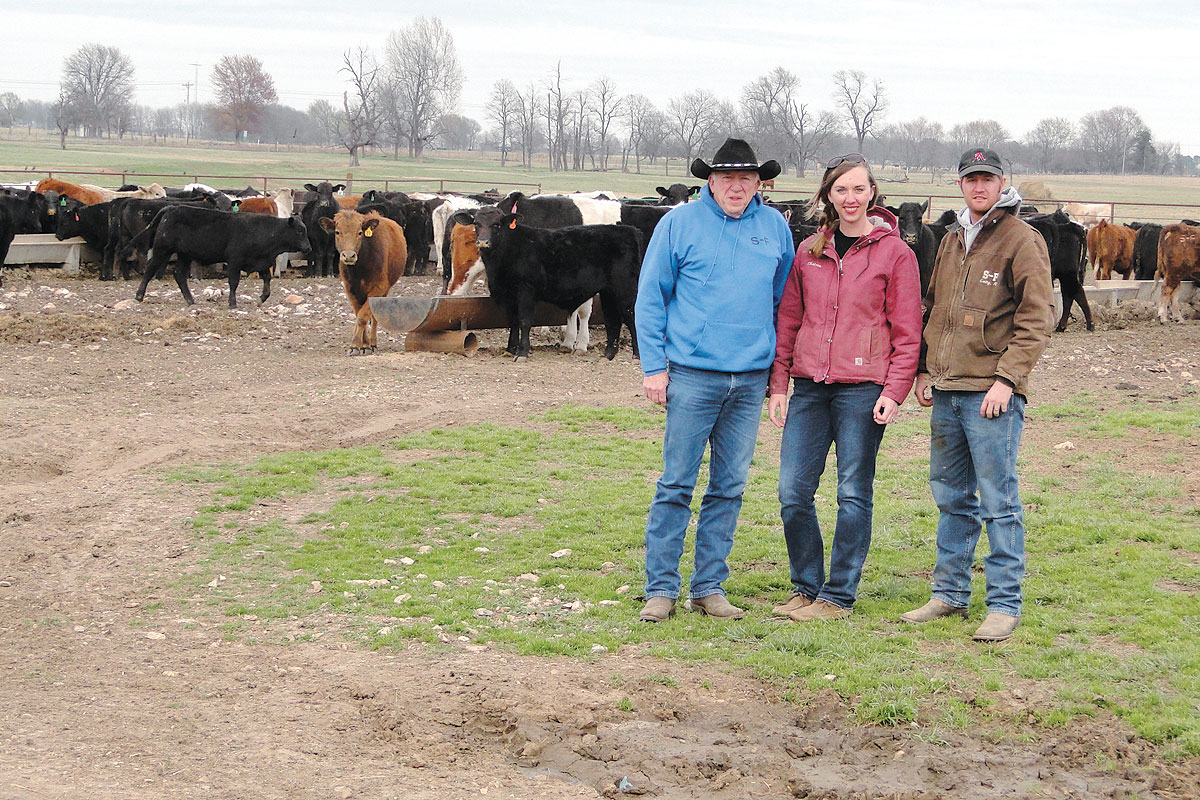
The low inputs and the growing market for goat meat initially attracted Laurie Foucault and Clint Place of Ozone, Ark. to raise Boer goats. After researching the hardiness and market, Laurie decided that American Fullblood Boer and Boer crosses would be the best fit. “If you mix does as a dairy cross, your milk production is better which grows off your kids better,” Laurie explained. “Feed conversion was also a main reason,” she added later, “You can feed 10 head of goats to 1 head of cattle.”
Laurie was raised on the farm with livestock and has research to find what works best for their farm. “We built our barn for horse training. But, it was time for me to change careers and we needed our barn to pay for itself. We had a few cows. But the last year that we raised cattle was our most costly year ever. We ended up spending more than we made just on hay,” Laurie said.
After re-evaluating the farm’s future, Laurie said, “The goats carry for five months; they are weaned in three. They are gone out the door before a cow would even have her baby,” she said. The higher production rate and ease of working were added bonuses.
Laurie and Clint purchased their farm in 2005. They have around 30 acres of fenced pasture.
Laurie bought her first goats in May 2010 and Ozone Mountain Boer Goats was off to a running start. “Our herd has basically doubled. I’ve bought some and I’ve sold some. We have around 60 now,” she said. They estimate that in 2 years that the goats should be paying for the farm.
As a member of the Northwest Arkansas Meat Growers Association, Laurie has had no trouble finding buyers. “We take our goats to the sponsored sale in Harrison, Ark. It is usually at the fairgrounds or at an individual member’s farm. The buyers come and pay a set price,” she said.
On the farm the couple has decided to use the crimping method for castration rather than banding. “You can do that at anytime. You crimp the cords inside and it is a bloodless operation,” she explained.
To take advantage of the environmental and herd health benefits of rotational grazing the next farm improvement in the works is cross-fencing. “We are participating in a cost-share program through the NRCS. It is for conservation and to help save money on feed.”
It has been a challenge keeping the kids warm in the winter. But they don’t plan to change kidding season. “The best market is in the spring”, said Clint, so we won’t change that.” This year they added an enclosed warming house for the kids with a better heating system so that the kids can go in and get warm.
The rising cost of feed has been another concern. “The price of feed went up, but we don’t feed anything in the spring and summer,” she explained. “Feeding these goats through the winter is nothing like feeding cattle,” Clint added.
“We still have to fence all this out here to make it goat proof. And we are fixing to add a holding pen for the ones we are going to sell and put a door out of the barn so you can back into it and have a loading chute with a loading ramp,” he said.







